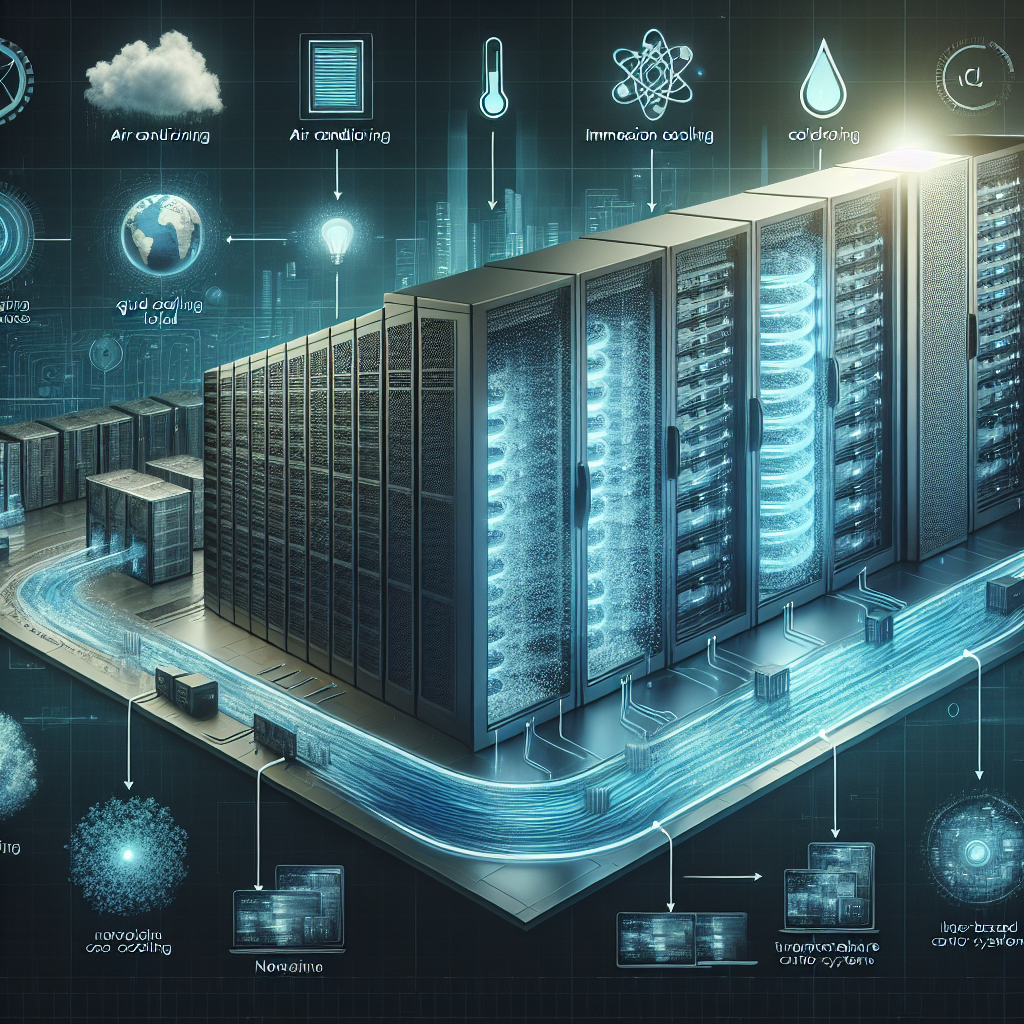Your cart is currently empty!
The Evolution of Cooling Solutions for Modern Data Centers

Data centers are the backbone of the modern digital world, housing the servers and networking equipment that power our everyday online activities. As the demand for faster processing speeds and higher data storage capacity continues to grow, data centers are constantly evolving to meet these needs. One crucial aspect of data center design that has seen significant advancements in recent years is cooling solutions.
In the early days of data centers, cooling was often achieved through simple methods such as fans and air conditioning units. However, as the size and power density of data centers increased, these traditional cooling methods became inefficient and costly to operate. This led to the development of more sophisticated cooling solutions that could effectively manage the heat generated by the high-powered servers and equipment housed in data centers.
One of the most common cooling solutions used in modern data centers is the use of precision air conditioning units. These units are specifically designed to cool the hot air generated by servers and other equipment, ensuring that the temperature inside the data center remains at optimal levels. Precision air conditioning units are equipped with sensors that monitor the temperature and humidity levels in the data center, allowing them to adjust the cooling output as needed to maintain a consistent environment.
Another popular cooling solution for modern data centers is the use of hot and cold aisle containment systems. These systems are designed to separate the hot and cold air streams within the data center, ensuring that the hot air generated by the servers is efficiently removed from the environment. By containing the hot air in a separate aisle, data centers can reduce the overall cooling load and improve energy efficiency.
In addition to precision air conditioning units and containment systems, data centers are also exploring alternative cooling solutions such as liquid cooling and indirect evaporative cooling. Liquid cooling involves circulating a coolant through the servers to absorb heat, while indirect evaporative cooling uses outside air to cool the data center without introducing humidity into the environment.
Overall, the evolution of cooling solutions for modern data centers has been driven by the need for more efficient and cost-effective ways to manage heat. By implementing advanced cooling technologies such as precision air conditioning units, containment systems, and alternative cooling methods, data centers can ensure that their equipment operates at optimal levels while minimizing energy consumption and environmental impact. As data center technology continues to advance, we can expect to see even more innovative cooling solutions emerge to meet the evolving needs of the digital world.

Leave a Reply